Research
Endophytic fungi of switchgrass
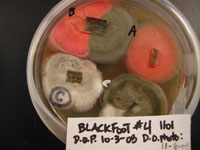 |
Endophytic (or plant-dwelling) fungi are extremely common, yet little is known about many of them. This project is investigating the endophytic fungi of switchgrass, a perennial prairie grass native to North America. Currently, we are testing methods of inoculating switchgrass with these fungi, and the nature of fungal effects on seedling growth. |
|---|
Reconnecting with place: conserving urban forest habitat
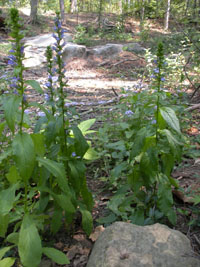 |
Urban forest fragments can provide important stopover habitat for migrating birds, help to purify air and water, modulate local climate extremes, moderate flooding, prevent soil erosion, store carbon, and provide green sanctuaries for people to connect with nature. These fragments are vulnerable to exotic invasive species, which degrade native biodiversity and alter ecosystem functioning. Our interdisciplinary team is conducting and applying ecological research aimed at mitigating exotic invasive plants and promoting native biodiversity, researching the historical and cultural forces that have helped to shape these fragments, and developing teaching and outreach opportunities that reconnect students and citizens with their natural and cultural heritage. For more info, visit www.indiana.edu/~dunnswoo. |
|---|
Microbial synergies and plant community productivity and diversity
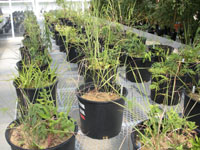 |
While the individual benefits of arbuscular mycorrhizal fungi and nitrogen-fixing bacteria to plants are well known, the interactive effects of these microbes and their relationship to plant community structure, productivity, and soil characteristics are not well understood. We are investigating these plant-soil-microbe interactions in prairie and agricultural systems. |
|---|
Brownfield remediation with prairie plants
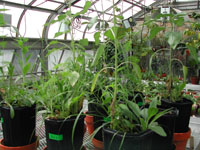 |
Phytoremediation using native plants has the potential to extract, degrade, or stabilize soil contaminants with minimum disturbance while restoring a native ecosystem. This pilot project aims to identify species that stimulate growth and enzymatic activity of organic contaminants in soil. |
|---|
Soil resource heterogeneity and plant community diversity
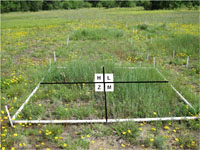 |
Competition is common among plant species and strong competitive interactions can lead to species exclusions, yet natural plant communities are often quite diverse. Heterogeneity in key fitness-constraining environmental conditions, combined with organismal tradeoffs in their responses to such conditions, is a classic mechanism allowing species coexistence in the face of competition. We study the role of soil resource heterogeneity in promoting the diversity of prairie grassland and the influence of clonal plant species on heterogeneity-diversity dynamics (Collaborators: Kay Gross, Gary Mittelbach, KBS) |
|---|




